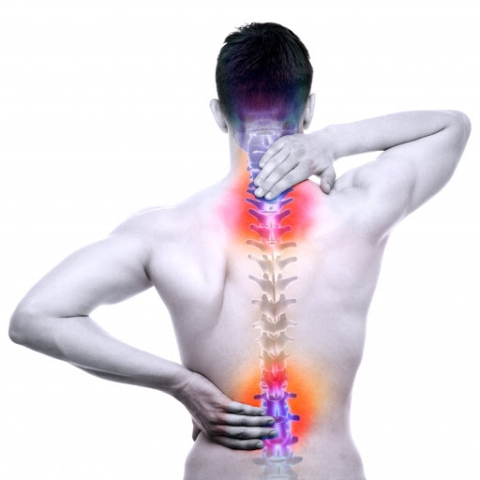What Is A Compression Fracture?


Osteoporosis is the most common cause of compression fractures. Osteoporosis is a condition where bone loss causes the bones to break easily. This leads to a vertebral body compression fracture causing the bone within the spine to collapse. Compression fractures also can be contributed from injuries and trauma to the spine., car crash,es and forceful impact from jumping or landing.
Symptoms


Treatment
Treatments for vertebral compression fractures may heal over time with back bracing, rest, lying down, and icing to promote healing. Medication management also might be paired with a few of these conservative therapies. If these do not provide the patient with significant pain relief, most times we perform a minimally invasive surgical procedure known as kyphoplasty. A pain specialist will use a small needle to enter the vertebral body and uses a balloon-like tool to inflate the spine back to its original position. Cement is injected through a small hole which will return the spine to its proper state.
